The National Aeronautics and Space Administration (NASA) announced on October 1, 2024, that it had shut down one of the scientific instruments on board the Voyager 2 planetary probe in order to reduce energy consumption.
Voyager 2, launched in August 1977, was famous for its “Grand Tour” that explored Jupiter, Saturn, Uranus and Neptune in a single mission. Voyager 2 left the heliosphere (the region affected by solar wind) in November 2018, similar to the same type of aircraft, Voyager 1, which left the heliosphere in August 2012, and became an artificial object that reached interstellar space.
As of October 3, 2024, according to NASA, Voyager 2 is flying about 20,609,110,000 kilometers (about 137.8 AU) from the Sun at a speed of about 15.4 kilometers per second relative to the Sun, which is close to Voyager 2's communications. It takes only about 19 hours and 4 minutes in one direction. one.
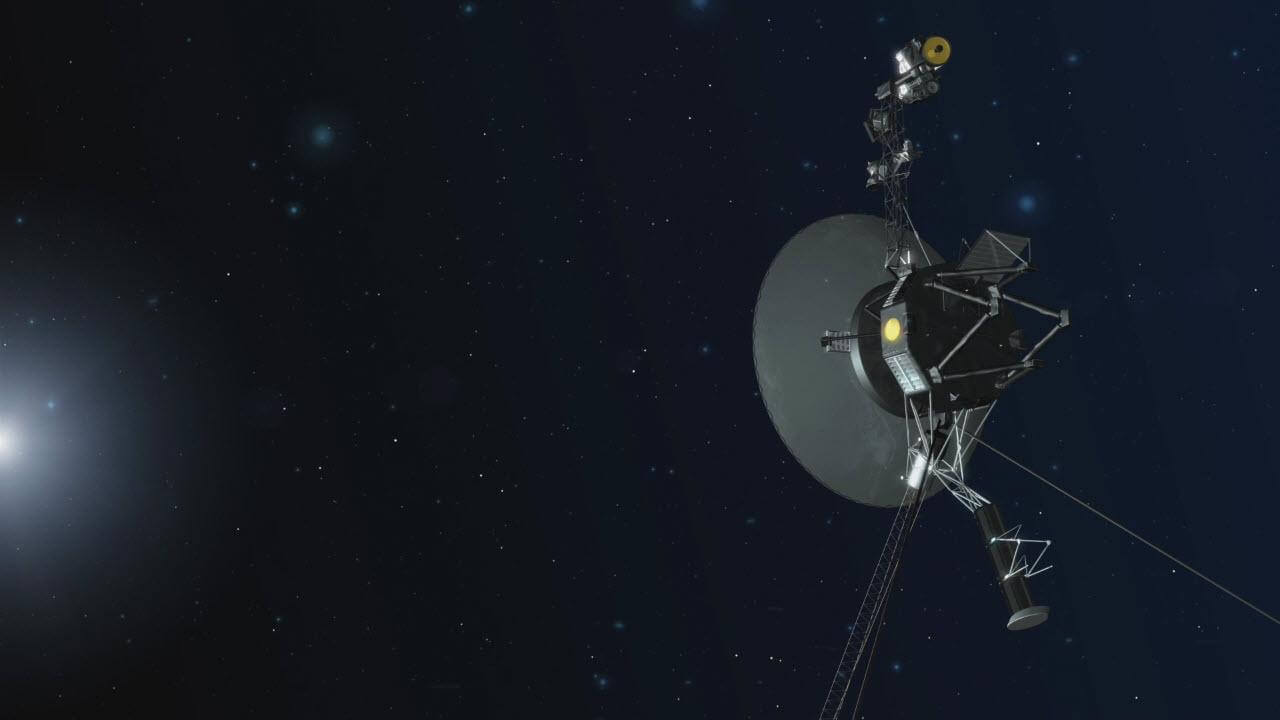
Voyager 1 and 2, which were flying away from the Sun, were equipped with a radioisotope thermoelectric generator (RTG, a type of nuclear battery) as a power source, but the heat of decay of plutonium 238 The amount of electricity generated by Voyager's RTGs has declined over time, losing about 4 watts every year, according to NASA. As a result, the Voyager operations team continued to conserve power for science instruments by turning off heaters and other non-flight equipment and changing the way voltages were monitored.
However, on September 26, 2024, an order was sent to shut down one of the scientific instruments that continued to operate after leaving the heliosphere. The work included careful monitoring to ensure that changes in Voyager 2's operations, 47 years after launch, would cause any unexpected side effects, but the commands were carried out without any problems and the spacecraft was operating normally, which was confirmed by the operations team.
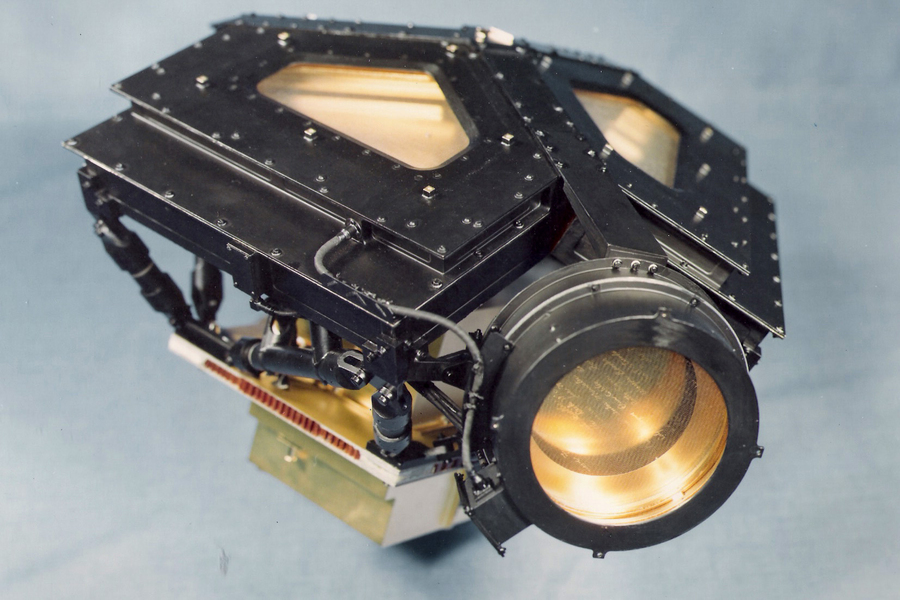

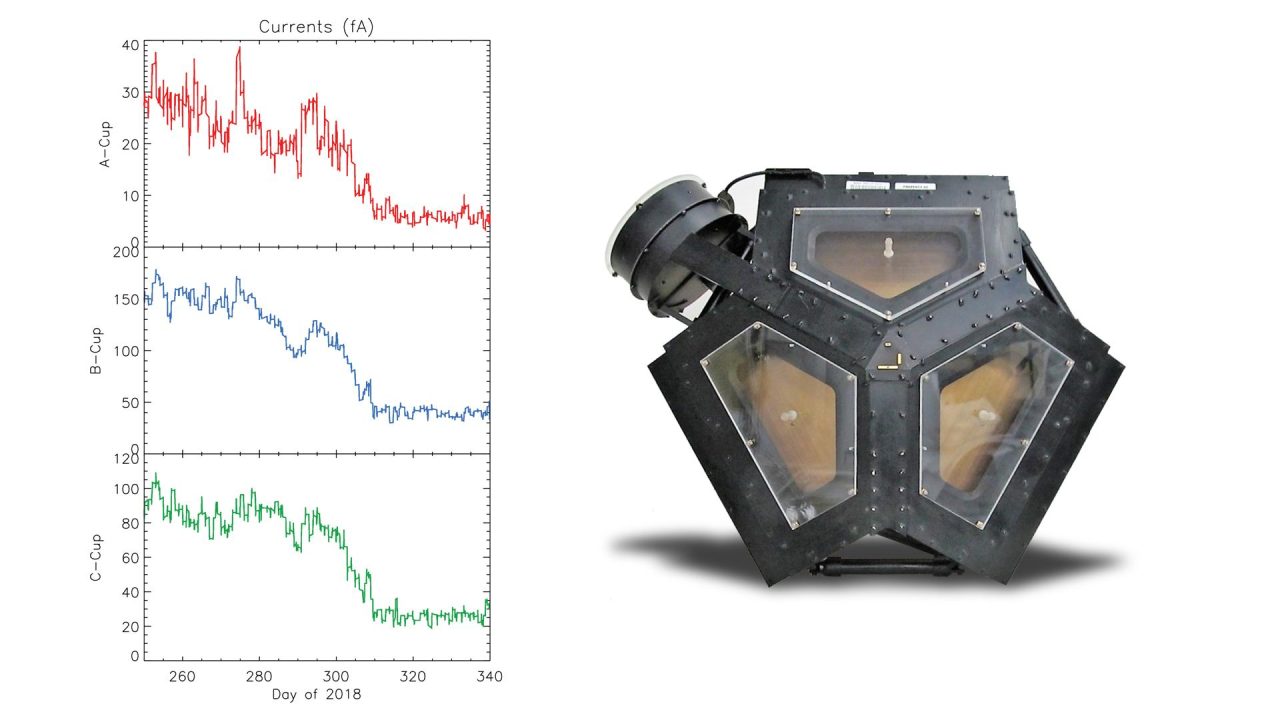

This time, power was cut to the Plasma Science Laboratory (PLS) developed at the Massachusetts Institute of Technology (MIT). PLS is an instrument for measuring charged particles in the solar wind and planetary magnetospheres, and consists of four detectors (Faraday cups). Three of the detectors point in roughly the same direction, but are mounted at slightly different angles so they can measure the direction of the solar wind. The remainder was oriented at right angles to the other three, and captured charged particles in the magnetosphere and heliosphere and, after escaping the heliosphere, into interstellar space.
According to NASA, within the heliosphere, plasma from the Sun flows outward like the solar wind, but Voyager 2 flew outside the heliosphere, especially near the front of the heliosphere (in the direction of the Sun's travel). In almost the opposite direction around the area where the light is streaming. During Voyager 2's escape from the heliosphere, the three PLS detectors pointed toward the sun detected a significant decrease in plasma flow, which could be used to determine when the spacecraft left the heliosphere. After exiting the heliosphere, useful observational data obtained from the PLS's fourth detector are limited to the time the spacecraft rotates 360 degrees once every three months while facing the Sun, and the cosmic ray subsystem was the decisive factor in shutting down the PLS before other scientific research . Tools such as CRS (CRS) and Plasma Wave Subsystem (PWS).
NASA says Voyager 2 has enough power to continue exploring interstellar space with at least one scientific instrument by the 2030s, and the mission will continue for several more years unless it encounters other major problems and is expected to continue.[آخر تحديث: 3 أكتوبر 2024، الساعة 12:00]
source
- NASA NASA shuts down the science instrument to save Voyager 2 power
- with – Interstellar Gadget takes its final bow
Editorial/Editing/Suray Department

“Travel maven. Beer expert. Subtly charming alcohol fan. Internet junkie. Avid bacon scholar.”



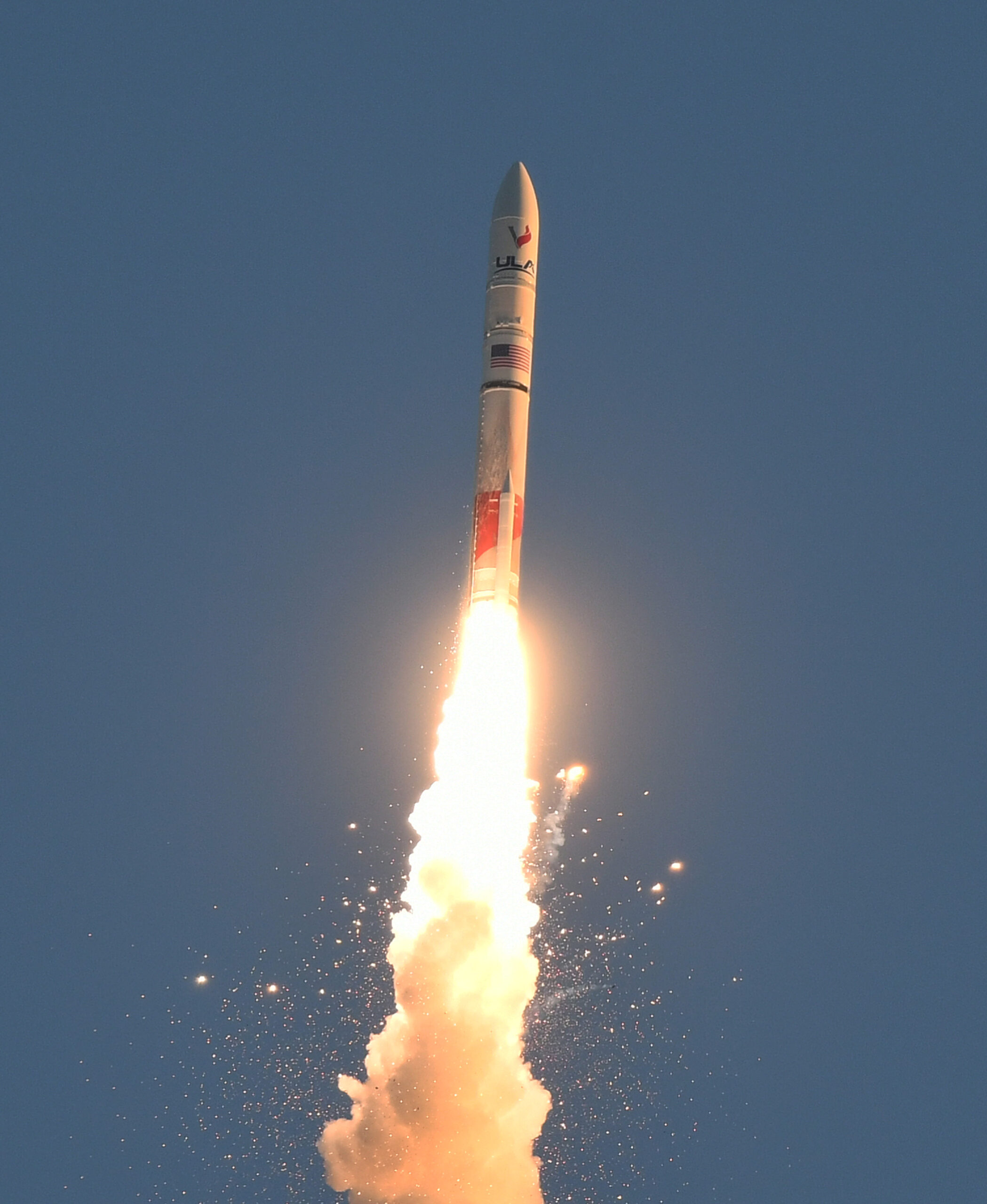

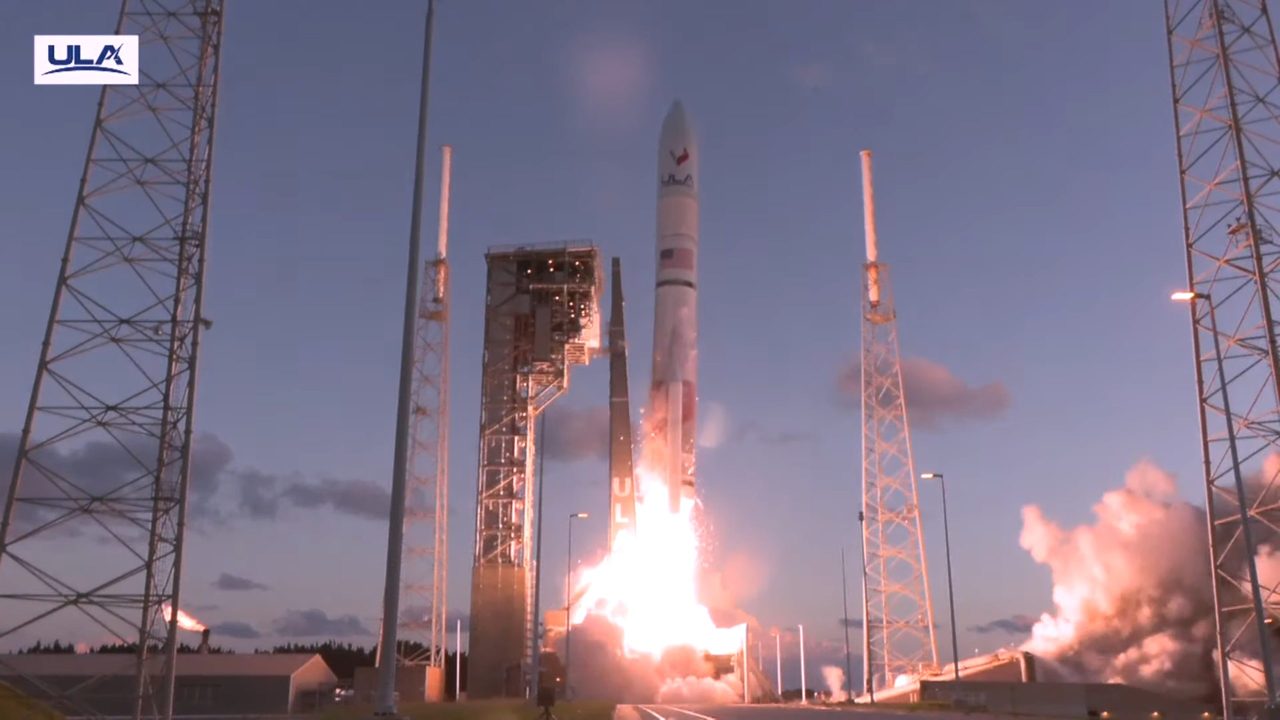
More Stories
ULA launches the new “Vulcan” rocket No. 2, the Space Portal website
Introducing Ray-Ban® Change, whose frame changes color based on sunlight! – Japanese nylon
A camera application developer talks about the performance of the iPhone 16 Pro camera, the ultra-wide angle and macro accuracy increased, but the main camera remained unchanged – GIGAZINE